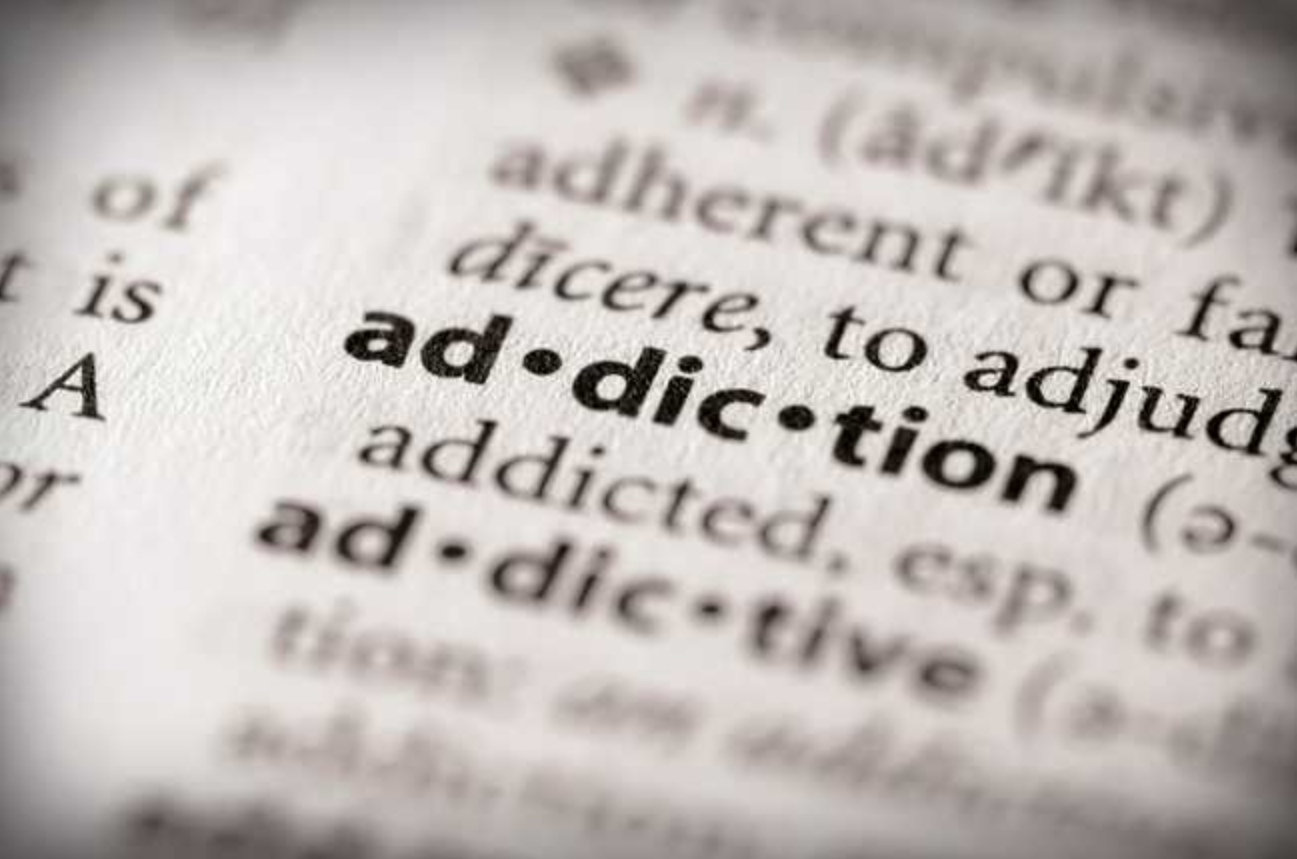Table of Contents
There is a different treatment for various substance addictions. But what exactly are the different levels of care in addiction treatment? Well, you’re about to find out.
In essence, most facilities make use of the ASAM level system. However, it’s not recognized everywhere. For a global audience, we will outline the assumed levels of treatment that go hand in hand with the ASAM system.
In this article, we will cover everything you need to know about addiction treatment. So that you can determine which is best for you or your loved ones.
Whenever you’re ready to learn about addiction treatment, keep reading.
Table of Contents
The Importance of Levels of Care in Addiction Treatment
The levels of care in addiction treatment are subject to chronological order. The more you go down the list, the more hospital-like and acute treatments will get.
Any given patient can be at a whatever stage in their treatment for addiction, and the needs that they have will change. That’s why treatment services must be advanced on a gradual progression.
In this approach to treatment, patients do not necessarily have to get linear treatment. For instance, patients who meet the criteria for the first stage of treatment, and might have stopped drug use, but have a mental illness at the same time. This can constitute their need for the third level of treatment.
Similarly, a patient in level 4 treatment can move towards level 1 outpatient services. These levels of treatment allow addiction specialists to understand which services patients need. As well as help you know what to expect from each service level.
These treatment levels will ensure that you are focused on recovery and treatment.
Service of Early Intervention
The first level of treatment is subject to individuals who are at risk of developing a disorder of substance abuse. It’s also designed for individuals who show symptoms of the disorder but do not meet the criteria for diagnosis.
At this level of intervention, treatment concentrates on help with the risk factors of developing the disorder. For example:
- Lack of parental supervisions
- Poor social networks
- High substance availability
- Aggressive behavior in childhood
When patients have a diagnosed disorder of substance abuse, they have an opportunity to make use of various types and levels of treatment services.
Outpatient Service
The next level of treatment involves patients maintaining their daily life. However, they still meet treatment specialists and physicians regularly for evaluation.
After initial screening, eligible patients for this level of treatment can receive therapy. As well as medication and other treatment. Outpatient services are the least intensive and they cost the least out of all the treatment services.
Generally, they require no more than 10 hours of treatment each week. For younger individuals, it’s much less.
Intensive Outpatient Service & Partial Hospitalization
Patients with more intensive needs can use intensive outpatient programs or partial hospitalization. The programs are developed to treat patients with more involvement. All while providing the same resources that outpatient programs develop.
With IOPs, patients receive treatment for up to 20 hours each week and they have regular meetings with psychiatrists, physicians, and therapists. Many IOPs are structured for a short burst of time during the weekends, days, or evenings. Because of this, patients can continue with life. Either going to school, work, or other responsibilities.
Usually, boarding is also offered to accommodate patients’ needs as they commit to their health.
For partial hospitalization programs, they are the most rigorous. Treatment facilities offer at least 20 hours of treatment per week. Group, individual, and family therapy is very important at this level. Patients can utilize health services daily, such as acupuncture and yoga.
Frequent contact with therapeutic and medical staff integrates with the partial hospitalization treatment model.
Inpatient & Residential Service
Residential and inpatient treatment programs are subject for patients with addictions that have contributed to serious impairment in daily function. It’s also for individuals who need more stability than that which they can achieve at their home or living arrangement.
At this level, patients live close to or on-site of the treatment facility. Treatment is provided all day long, seven days per week.
This level of care is escalated base on the depth and amount of interactions with clinicians. At least five hours of service in the clinic is done per week.
Treatment at this stage is focused on recovery. Such as emotion management and relapse prevention. Treatment should be able to treat co-occurring conditions.
Service includes, but is not limited to:
- 25/7 staffing
- House meetings
- Skill developing community
- Recovery environment
- Outpatient substance abuse service
Further in this stage, treatment can proceed less quickly. As long as it’s supported continually for those who are experiencing impairments. Cognitive conditions, such as alcohol-related brain damage are often intertwined with substance use.
Clinicians at this level are capable of managing imminent multidimensional danger. They have to be able to recognize acute concerns of alcohol withdrawal or other conditions.
Since they have patients with intertwined co-occurring conditions. They have to recognize when the patient can potentially self-harm.
With even further progression of this level, treatment takes place regularly. But is directed toward individuals who have advanced multiple needs that are active.
These needs are co-occurring disorders and difficulty adjusting to healthy lifestyles. But also several functional impairments.
And finally, for this level, patients can join an inpatient environment to withdraw or get their medical needs tended to. Especially if they require careful treatment, observation, or follow-ups.
Managed Intensive Inpatient Service
The final level of treatment includes 24/7 treatment and a high-inclusivity of clinical and medical monitoring. Among these services, medication-assisted treatment and detox is critical.
This level is similar to any care that patients would receive in a psychiatric or acute care medical facility. The facility will have most, not more available resources than those institutions.
At this final level of treatment, patients are seen by physicians daily. Co-occurring disorders are subject to treatment precisely.
Addiction Treatment Resources
Now that you have discovered the levels of care in addiction treatment. You are that much closer to determining which is best for you or your loved ones.
Even though it might seem that each level is self-explanatory. There is so much more that goes into addiction treatment.
If you’re interested in finding the best possible treatment for addiction, get in touch with us and we will accommodate your needs.
Get Help Today
Don’t go through the process of recovery alone. There are people who can help you with the struggle you’re facing. Get in touch with one today.



